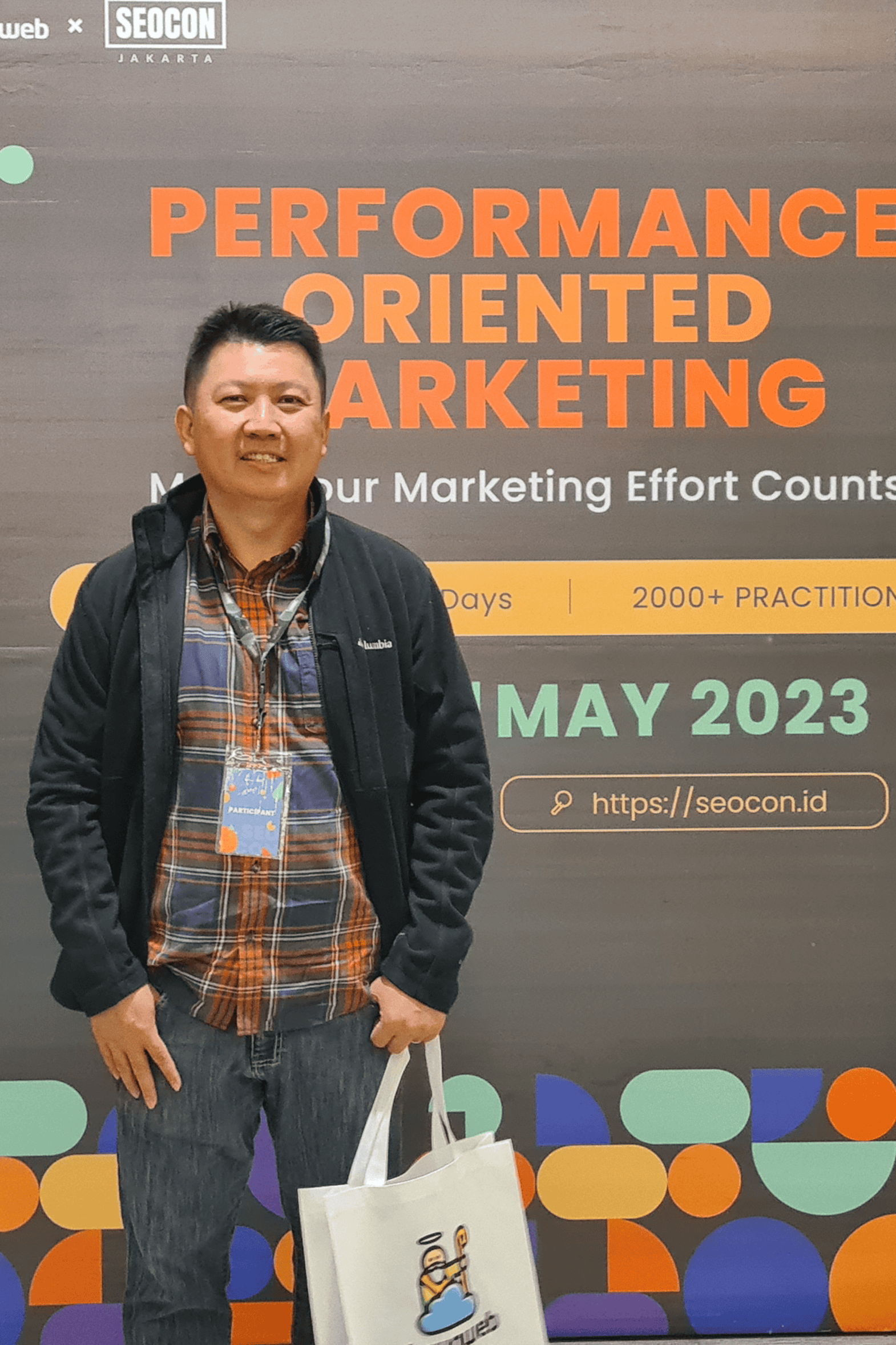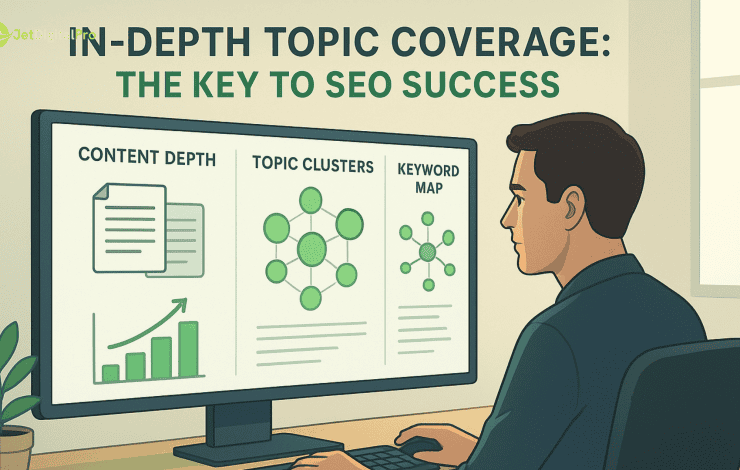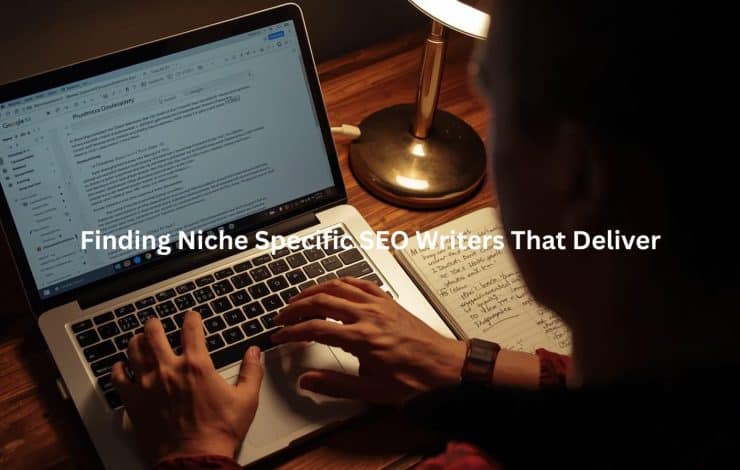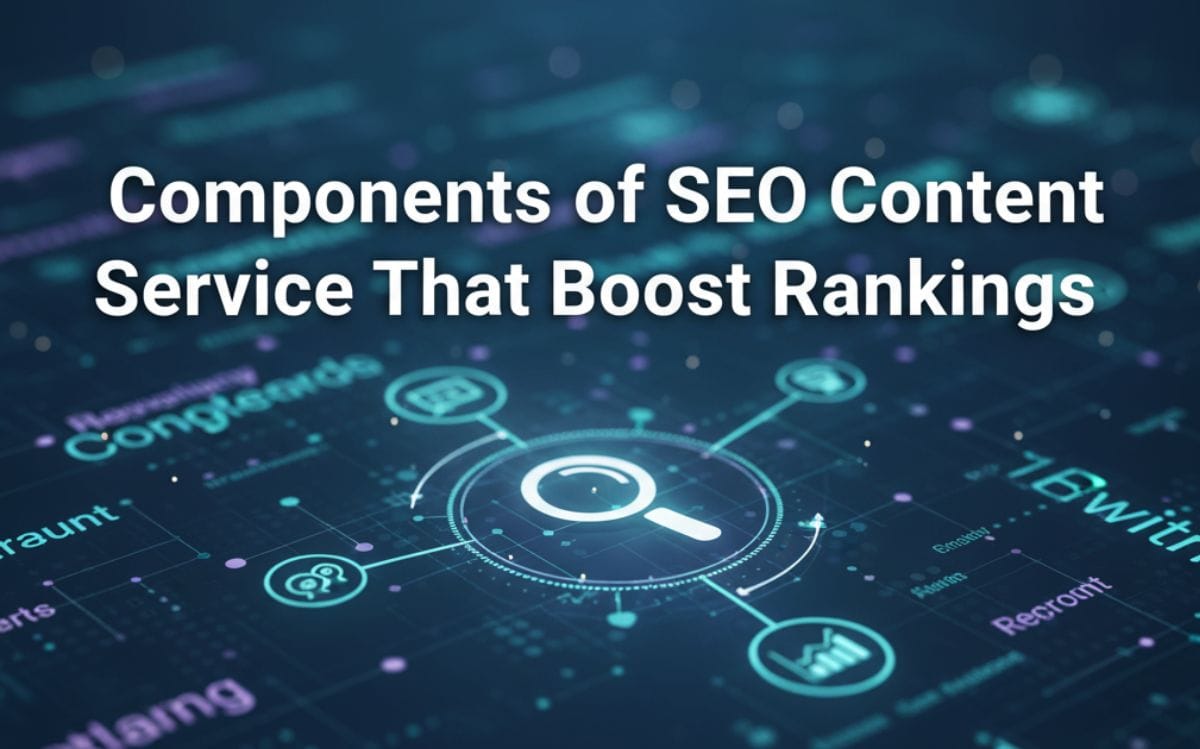
SEO isn’t just about adding keywords and hoping for results. The real impact comes from understanding the components of SEO content service that work together to attract users and keep them engaged.
Think of it like traffic lights controlling cars. It’s about guiding visitors to exactly what they need. From choosing the right search terms based on what people actually type, to crafting content people actually want to read, and analyzing what works, each component matters.
Curious how all these pieces fit together to push your website ahead of the competition? Let’s explore the full components of SEO content service step by step.
Key Takeaway
- The path to ranking well means doing proper keyword digging, then matching what you write to what people actually search for – simple as that.
- Your site needs clean code and smart page setup so Google’s bots can read everything correctly (they’re pickier than you’d think).
- Gaining quality links to your site requires effort, and it is essential. Gotta keep an eye on how everything’s doing too – those rankings change fast.
Keyword Research
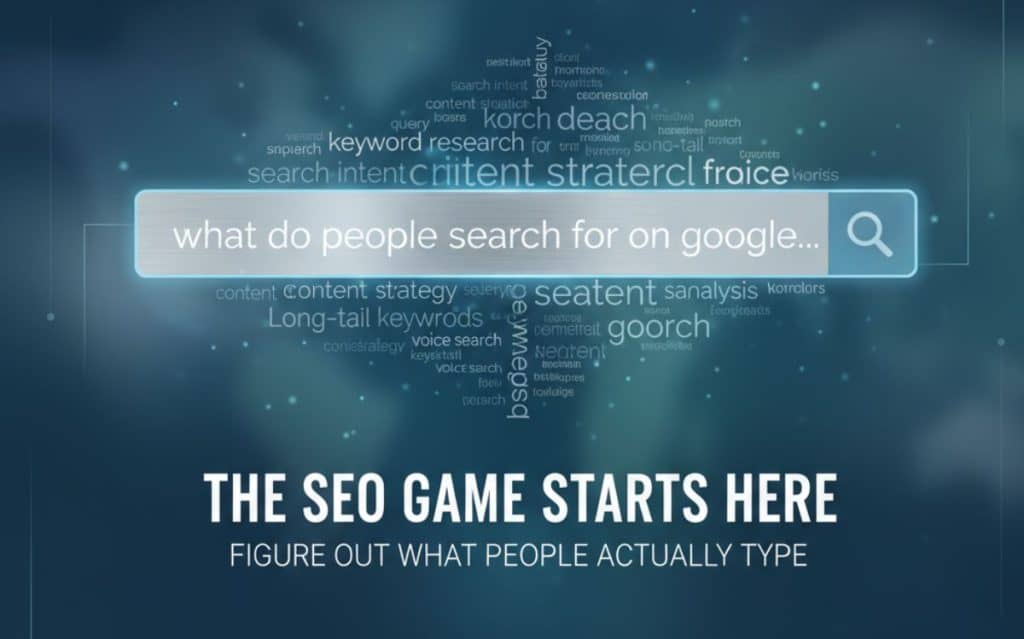
The whole SEO game starts with figuring out what people actually type into Google. Pretty basic stuff, but you’d be amazed how many folks skip this step and wonder why nobody’s finding their content. We dive deep into keywords that matter, from common search terms to niche long-tail phrases, building an SEO content strategy service that ensures your content reaches the right audience.
At Jet Digital Pro, We avoid using guesswork in our approach. We’ve got subscriptions to the good tools. Ahrefs, SEMrush, and that free one from Google that everybody forgets about. These things are like having x-ray vision into what people search for, and trust me, it’s not always what you’d expect.
About keywords: you cannot only focus on the most common ones. Sure, everybody wants to rank for “best pizza in New York,” but those longer, weird phrases? That’s where the magic happens. Someone typing “gluten-free buffalo chicken pizza lower east side delivery” probably has their credit card ready.
We break it down like this:
- Digging into what your audience really wants
- Picking words that match their search habits
- Looking at both numbers and relevance (cause both matter)
- Bundling similar terms together (keeps things organized)
The point isn’t just to rank well. Anybody can do that for a while. We’re after the kind of traffic that actually does something once it hits your site. The rest is just vanity metrics.
Content Strategy and Planning
Publishing random blog posts without a plan will not work. Your content needs a clear plan and must target its audience to be effective. In fact, 82% of marketers report achieving at least “some results” from their blogs, with 26% claiming strong marketing outcomes (1). Moreover, businesses that focus on blogging are 13 times more likely to see a positive ROI.
At Jet Digital Pro, we get kind of obsessive about figuring out who’s actually reading this stuff. We build these detailed profiles. What keeps your customers up at night, what makes them click, what problems they’re trying to solve. Sounds basic, but you wouldn’t believe how many people skip this part.
We’re big on what we call pillar content. Think of it like the trunk of a tree. It’s those meaty, comprehensive pieces that cover the big picture stuff. Then we branch out with smaller articles that dig into the specifics. Makes sense when you think about it. Nobody likes feeling lost on a website.
Here’s what we zero in on:
- Making sure your SEO actually helps your bottom line
- Answering the questions people actually ask (not the ones we think they should)
- Planning stuff that serves a real purpose (no fluff)
Look, at the end of the day, your content’s gotta do more than just exist. It’s gotta work for you, bring in the right people, and get them to do something once they’re there. That’s what we’re after.
SEO Content Creation
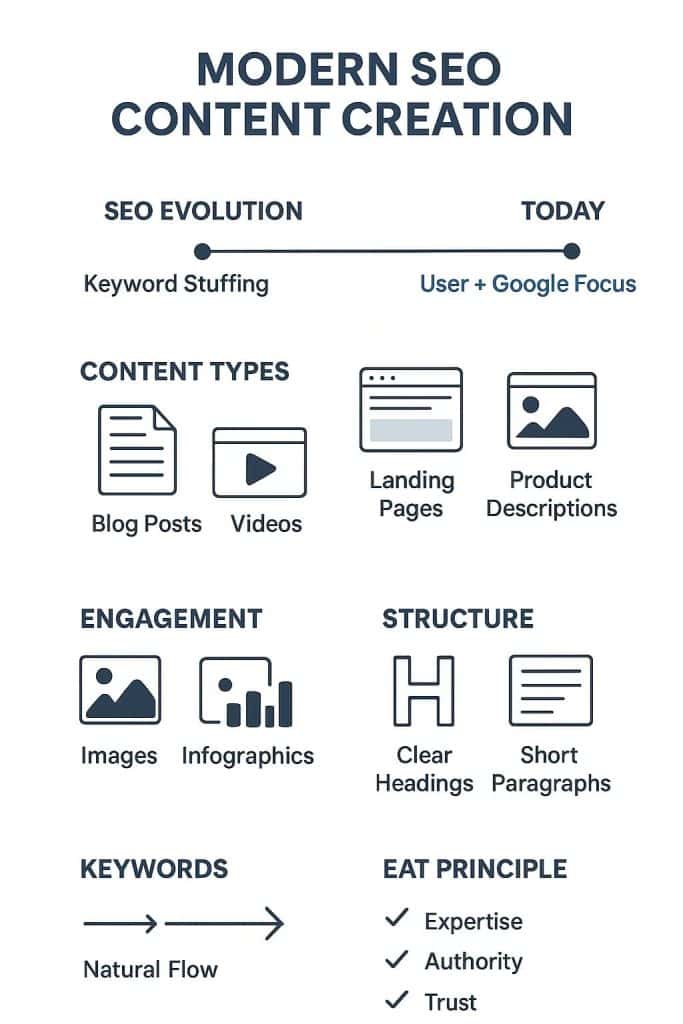
Writing for SEO isn’t what it used to be back in 2010. Gone are the days when you could just stuff a page with keywords and call it a day. Now you’ve gotta dance this weird tango between what Google wants and what actual humans want to read.
We don’t do cookie-cutter content at Jet Digital Pro. Every piece has its own personality. Matches your brand’s voice, you know? Could be a deep-dive blog post, a snappy landing page, or product descriptions that don’t sound like they were written by robots.
Each one’s got a job to do: grab attention, teach something useful, and get people to take action. Our team also leverages AI assistant tools alongside a human editor to enhance AI readability, making sure your content feels human while ranking effectively.
Nobody wants to stare at walls of text anymore. That’s why we mix in images, videos, and those fancy infographics that make complicated stuff easier to understand. Plus, let’s be honest. People’s attention spans aren’t getting any longer.
Here’s how we keep things organized:
- Clear headings that tell you what’s coming next
- Short paragraphs that don’t make your eyes glaze over
- Keywords that flow naturally (no awkward stuffing)
Google’s got this thing about EAT now. Expertise, Authority, and Trust. Basically means we can’t just make stuff up. Everything’s gotta be researched, fact-checked, and actually helpful. Real sources, real data, real solutions to real problems.
When these parts fit well, you create content that both Google and users want to read. And that’s the sweet spot we’re aiming for.
The Evolution of On-Page SEO: A Content Map That Works
On-page SEO’s kinda like setting up your apartment. You can’t just throw furniture wherever and hope people don’t trip over it. There’s gotta be a flow that makes sense, both for the people visiting and for Google’s robots crawling through.
Those meta titles and descriptions? They’re basically your storefront window on Google. You’ve got about 60 characters to make someone click your link instead of the other guy’s. Each page needs its own unique pitch. No copying and pasting the same stuff everywhere.
Here’s what matters on each page:
- Headers that break up your content (like chapters in a book)
- URLs that don’t look like someone fell asleep on their keyboard
- Image descriptions for the search engines (cause they can’t see pictures)
- Pages that load fast, like, really fast (3 seconds or less)
- Everything’s gotta work on phones (cause that’s where 60% of traffic comes from)
Your site better look good on a tiny screen or you’re toast. Nobody’s gonna pinch and zoom anymore just to read your content. Text needs to be big enough to read while you’re standing in line at Starbucks, buttons need to work with thumbs, and those huge images? They better shrink down nice and pretty.
The days of cramming keywords into every sentence are dead and buried. Now it’s all about writing like a normal person. Clean, organized, actually helpful stuff. What a concept, right?
Behind the Curtain: Technical SEO Basics
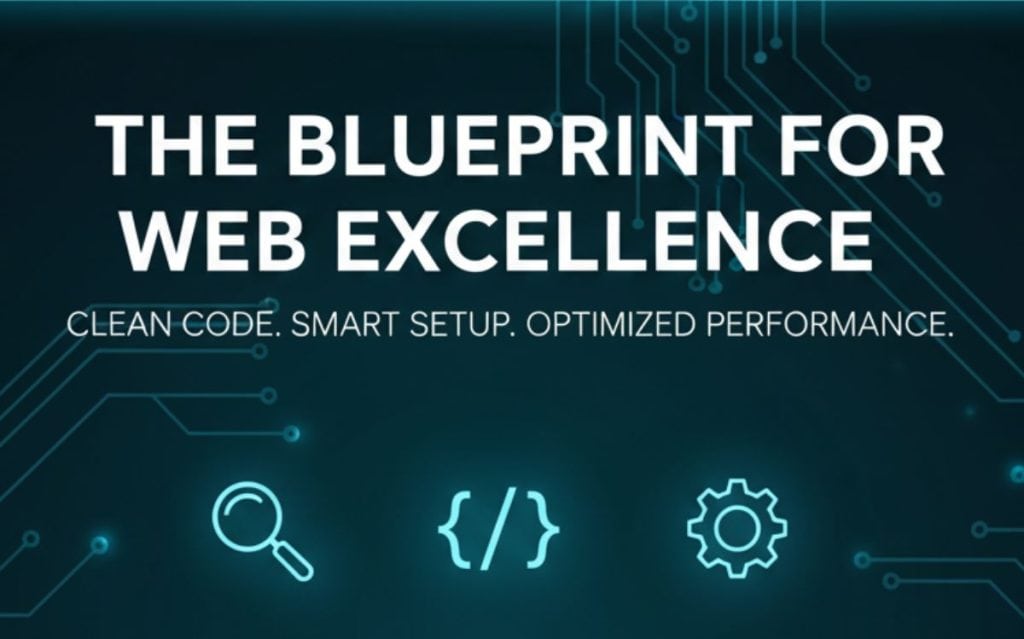
Nobody thinks about technical SEO until something breaks. It’s all that behind-the-scenes stuff that keeps your site running smoothly, but when it goes wrong, everybody notices. Those Google bots crawling your site?
They’re like really picky house inspectors. They need everything laid out just so, or they’ll miss half your content. Your site structure should be as logical as a library,no weird mazes or dead ends.
Here’s the stuff you can’t ignore:
- Sitemaps: Essentially a roadmap for Google’s bots.
- Robots.txt files: Directing those bots where they can and can’t go.
- Canonical tags: Ensuring Google doesn’t think you’re copying content.
- URLs: They shouldn’t look like someone smashed their face on the keyboard.
And don’t get me started on site speed. If your pages take more than 2-3 seconds to load, users will leave quickly. In fact, a 2-second delay in page load time increases bounce rates by 103%. Google observes these bounces and thinks, “Well, this site must stink.” Not good.
Plus, with everyone browsing on phones now, your site better work perfectly on mobile. That’s not a “nice to have” anymore; it’s do or die. Statistics show that 53% of mobile users leave a site that takes longer than 3 seconds to load(2).
Look, technical SEO isn’t the sexy part of digital marketing. Nobody’s winning awards for their robots.txt file. But without this stuff working right, you might as well be invisible online.
Link Building and Off-Page Optimization
Are You a Digital Agency?
White Label SEO Content Services for Agencies
Scalable, customizable, and results-driven content solutions for your clients.
Getting good backlinks is still the heavyweight champion of SEO, but here’s the thing. One solid link from a respected site beats a hundred garbage ones from who-knows-where. At Jet Digital Pro, we don’t mess around with those sketchy link farms or PBNs that’ll get you in trouble with Google faster than you can say “penalty.”
Think of backlinks like references for a job. You want them from people who actually matter in your industry. We’re talking about building connections that make sense, not just throwing links anywhere that’ll take them.
Mix in some dofollow links with nofollow ones (cause that’s how it happens naturally), and you’ve got yourself a healthy-looking profile that Google actually trusts. But it’s not just about links anymore.
Your brand needs to pop up in conversations where it matters. Industry forums, social media, news sites. When people start talking about you without you paying them to do it? That’s the good stuff. Google notices all that chatter, and it adds up to better rankings.
Monitoring and Reporting
Anyone who tells you they can “set and forget” SEO is selling you a bridge. This stuff needs constant attention, like keeping a garden alive. You gotta watch what’s growing and what’s dying. That’s why we treat SEO like an investment, carefully analyzing results, optimizing performance, and making strategic decisions that yield long-term growth.
That long-term return often depends on the qualities of a good SEO writer who can sustain both performance and adaptability. We keep our eyes on the numbers that actually matter:
- How many people find you through Google
- Where you’re showing up in search results
- How fast people bail on your site
- Who’s actually buying stuff or signing up
- Whether your backlinks are helping or hurting
- How much Google trusts your site overall
We’ve got subscriptions to all the fancy tools, Analytics, Search Console, Ahrefs, SEMrush (they cost a fortune but they’re worth it). These things tell us exactly what’s working and what’s not. No guessing games.
Every month you’ll know exactly what’s happening with your site. None of that vague “things are looking good” nonsense. Just real data showing real results. If something’s not working, we fix it. If something’s working great, we do more of it. Pretty simple, really.
FAQ
What are the main components of SEO content service and how do they help search engines understand my site?
The components of SEO content service include creating quality content, using target keywords, writing meta descriptions, implementing internal linking, and adding structured data. These elements help search engines like Google understand your site’s structure and content. When users and search engines can easily find relevant content, it improves user experience, increases organic traffic, and boosts engagement metrics. Together, these practices strengthen your SEO strategy and improve search engine rankings.
How does SEO content creation improve user engagement and reduce bounce rates?
Need a Strategic SEO Content Partner?
Let’s craft SEO content that ranks, converts, and grows your brand.
Talk to UsSEO content creation focuses on producing relevant and valuable content that aligns with user intent and search intent. By addressing user queries and the needs of your target audience, your content encourages visitors to stay longer, return more often, and engage with your website. Using internal linking, quality backlinks, and clear navigation also supports search engines in understanding your content, which can reduce bounce rates and improve search engine rankings.
How do external links, brand mentions, and quality backlinks impact SEO success?
SEO includes link building through external links, brand mentions, and quality backlinks as key aspects of SEO. These elements signal to search engines like Google that your content is trustworthy, authoritative, and valuable. Incorporating them into your content strategy strengthens your online presence, increases organic traffic, and improves search engine rankings, making your SEO efforts more effective and contributing to long-term SEO success.
How can local SEO and technical SEO help search engines like Google understand my site?
Technical SEO and local SEO are critical aspects of SEO that ensure search engines understand your website structure and relevance to users in specific locations. Technical SEO practices include improving site speed, optimizing for mobile devices, using structured data, and maintaining clear navigation. Combining these with local SEO strategies ensures your content appears for relevant search queries, improves user experience, and boosts your visibility in local search results.
What are the best practices for creating content that ranks well and helps search engines understand users and search intent?
SEO best practices include naturally incorporating target keywords, creating quality content, writing clear meta descriptions, and avoiding keyword stuffing. Using internal linking, external links, and producing valuable content helps search engines understand users and search intent. Following these SEO focuses within your content strategy ensures your pages rank well, supports SEO success, and builds a strong online presence for your target audience while improving engagement metrics.
Conclusion
Look, SEO’s like a puzzle. Skip one piece and the whole picture falls apart. We’ve got this down to a science at Jet Digital Pro, from figuring out what people search for to making sure Google actually finds it. No overcomplicated processes, just solid work that gets results. We handle the content stuff while you focus on growing your agency. Need SEO content that actually works? Let’s talk about your project
Related Articles
- https://jetdigitalpro.com/understanding-seo-content-strategy-service/
- https://jetdigitalpro.com/human-editor-enhances-ai-readability/
- https://jetdigitalpro.com/qualities-of-good-seo-writer/
References
- https://backlinko.com/blogging-stats
- https://www.thinkwithgoogle.com/consumer-insights/consumer-trends/mobile-site-load-time-statistics/
P.S – Whenever you’re ready,
we’re here to help elevate your SEO content.
Partner with us for strategic, scalable content that drives real organic growth.
Contact Us Now
